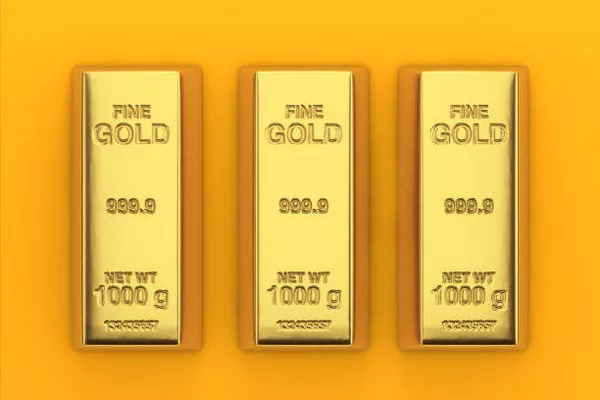Gold, a precious metal that has captivated human civilization for centuries, continues to be a symbol of wealth, stability, and intrinsic value. The value of gold is often measured in various metrics, with one gram being a common unit of measurement. Understanding what one gram of gold is worth involves delving into the intricate dynamics of the global gold market, influenced by factors ranging from economic indicators to geopolitical events.
The Global Gold Market:
The global gold market is a complex web of interconnected factors that collectively determine the value of the precious metal. Gold is traded on various exchanges around the world, with the London Bullion Market Association (LBMA) and the COMEX in New York being among the most prominent. The daily gold spot price, which represents the current market value of one troy ounce of gold, serves as a benchmark for transactions in the global market.
Determining the Worth of One Gram of Gold:
To ascertain the value of one gram of gold, it is essential to consider the spot price of gold and convert it into smaller units. Given that one troy ounce is equivalent to approximately 31.1035 grams, a straightforward calculation involves dividing the spot price by this conversion factor. However, this method provides only a baseline, as additional factors significantly influence the price of gold on a smaller scale.
Market Forces Influencing Gold Prices:
Supply and Demand: The fundamental economic principle of supply and demand plays a pivotal role in determining the value of gold. Limited global gold production and high demand, driven by factors such as jewelry, technology, and investment, contribute to the metal’s intrinsic value. Shifts in either supply or demand can lead to price fluctuations.
Inflation and Deflation: Gold has historically been viewed as a hedge against inflation, as its value tends to rise when fiat currencies lose purchasing power. Conversely, during deflationary periods, where prices decrease, gold may not perform as well. Investors often turn to gold to preserve wealth when economic uncertainties arise.
Central Bank Policies: The actions and policies of central banks, particularly major holders of gold reserves, can impact the market. For instance, if a central bank decides to buy or sell gold, it can influence prices. Central banks often view gold as a strategic asset for diversification and risk management.
Geopolitical Events: Geopolitical tensions and global uncertainties can drive investors towards safe-haven assets like gold. Political instability, trade disputes, and conflicts can lead to increased demand for gold as a store of value, influencing its price.
Currency Strength: The strength or weakness of major fiat currencies, such as the U.S. Dollar, can impact the value of gold. A weaker currency often results in higher gold prices, as it takes more units of the currency to purchase the same amount of gold.
Interest Rates: Gold, being a non-interest-bearing asset, can be influenced by changes in interest rates. Higher interest rates may make interest-bearing assets more attractive than gold, potentially leading to a decrease in demand and a subsequent decrease in gold prices.
Investment and Industrial Demand:
Apart from traditional uses like jewelry, gold has become a popular investment choice. Exchange-traded funds (ETFs), gold bars, and coins are common ways investors gain exposure to the precious metal. Additionally, gold’s conductivity and resistance to corrosion make it valuable in various industrial applications, further impacting its overall demand and value.
Market Volatility and Investor Sentiment:
Gold prices can experience significant volatility due to fluctuations in investor sentiment. Traders and investors closely monitor economic indicators, market trends, and global events, reacting swiftly to changes in perceived risk. This sentiment-driven volatility can lead to short-term price spikes or declines in the gold market.
See Also: What Is Pure Gold Karat?A Comprehensive Look
Conclusion:
The worth of one gram of gold is a result of a multitude of factors that converge in the global gold market. From economic indicators to geopolitical events, the forces shaping the value of gold are diverse and dynamic. Investors, central banks, and individuals alike navigate this intricate landscape, making decisions based on a nuanced understanding of the factors influencing the precious metal’s price. As we continue to witness the ebb and flow of the global economy, the value of one gram of gold remains a symbol not only of wealth but also of the complex interplay between various forces in the ever-evolving financial landscape.


